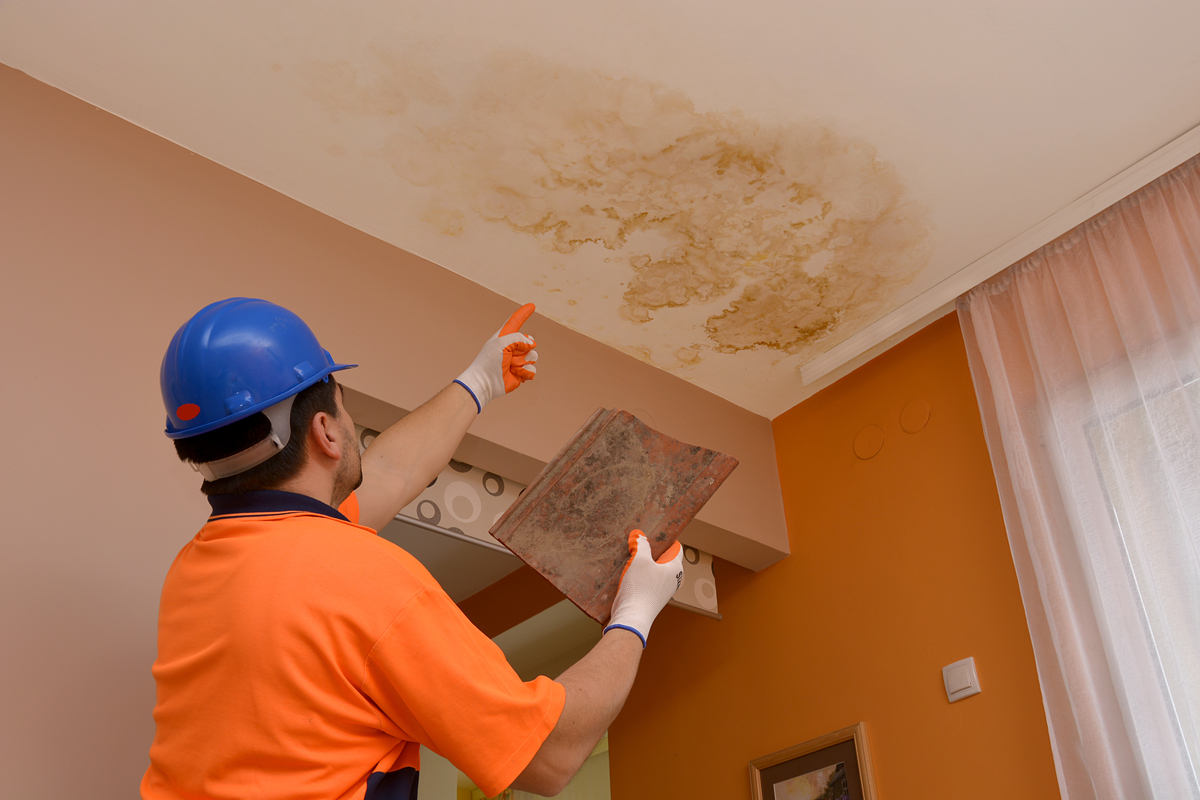Spot Six of The Principal Causes for Leakage in Your Home
Spot Six of The Principal Causes for Leakage in Your Home
Blog Article
Are you currently searching for help around Top Causes of Home Water Leaks?

Leakages not just trigger waste of water but can also create unnecessary damage to your house and also advertise undesirable organic growth. By understanding and also looking for daily circumstances that trigger leakages, you can protect your residence from future leakages and also unnecessary damages.
Instantaneous temperature level changes.
Extreme temperature level adjustments in our pipelines can cause them to expand and acquire all of a sudden. This development as well as contraction might trigger fractures in the pipelines, specifically if the temperature are below freezing. If you maintained an eye on just how your plumbing works, it would be best. The presence of the formerly discussed circumstances often shows a high threat.
Rusty water supply
As time goes by, your plumbing system ages and deterioration such as corrosion might start eating away the pipelines. This could be the root cause of staining or bending on your pipes. This asks for an evaluation with your plumber immediately. Take into consideration replacing the pipes because they are at a higher danger of corrosion than the newer models if our plumbing system is old.
Faulty Pipeline Joints
The point at which your pipes attach is often the weakest web link in the waterline. Pipe joints can deteriorate over time, leading to water leaks. The bulk of pipe joints are not conveniently visible. If you have loud pipelines that make ticking or banging sounds, specifically when the hot water is switched on, your pipe joints are probably under a great deal of pressure. It is advisable to have your plumber evaluate your system once a year.
Encroaching roots
Many water leakages start outside the residence rather than inside it. You might discover damp spots or sinkholes in your backyard, as well as that may mean that tree origins are attacking water lines causing water to seep out.
Poor Water Connectors
At times, a leak can be triggered by loose hose pipes as well as pipes that provide your appliances. Generally, moving is what creates the loose water Links. You might discover in the case of a cleaning machine, a hose pipe might spring a leakage as a result of drinking throughout the spin cycle. In case of a water links leakage, you might observe water running directly from the supply line or puddles around your devices.
Obstructed Drains
Obstructed drains could be aggravating and inconveniencing, however they can in some cases wind up creating an overflow resulting in rupture pipes. Keep getting rid of any type of products that may drop your drains that might obstruct them to avoid such aggravations.
All the above are sources of leaks however not all water leaks result from plumbing leaks; some leaks could come from roofing system leakages. All leaks ought to be repaired instantly to prevent water damage.
Leakages not just cause waste of water however can likewise create unnecessary damages to your home and promote unwanted natural development. By comprehending and also looking for daily situations that trigger leaks, you can secure your house from future leaks as well as unneeded damage. Today, we will look at six leakage triggers that might be creating your pipelines to trickle.
At times, a leak can be triggered by loosened tubes and also pipes that provide your devices. In instance of a water connections leak, you might discover water running directly from the supply line or pools around your devices.
How To Check For Water Leak In Your Home
How To Check for Leaks
The average household's leaks can account for nearly 10,000 gallons of water wasted every year and ten percent of homes have leaks that waste 90 gallons or more per day. Common types of leaks found in the home are worn toilet flappers, dripping faucets, and other leaking valves. These types of leaks are often easy to fix, requiring only a few tools and hardware that can pay for themselves in water savings. Fixing easily corrected household water leaks can save homeowners about 10 percent on their water bills.
To check for leaks in your home, you first need to determine whether you're wasting water and then identify the source of the leak. Here are some tips for finding leaks:
Take a look at your water usage during a colder month, such as January or February. If a family of four exceeds 12,000 gallons per month, there are serious leaks.
Check your water meter before and after a two-hour period when no water is being used. If the meter changes at all, you probably have a leak.
Identify toilet leaks by placing a drop of food coloring in the toilet tank. If any color shows up in the bowl after 10 minutes, you have a leak. (Be sure to flush immediately after the experiment to avoid staining the tank.)
Examine faucet gaskets and pipe fittings for any water on the outside of the pipe to check for surface leaks.
Undetected water leaks can happen without the home or business owner even realizing. If you suspect a water leak, but not able to find the source. It is time to contact a professional water leak detection service, The Leak Doctor.
How To Find a Water Leak In Your Home
https://www.leakdoctor.com/blog/How-To-Check-For-Water-Leak-In-Your-Home_AE197.html

We hope you enjoyed reading our excerpt about How to detect water leaks in your home. Thanks so much for spending some time to browse our post. So long as you liked our blog posting kindly make sure you remember to share it. I love reading our article about How to detect water leaks in your home.
Immediate relief? Contact. Report this page